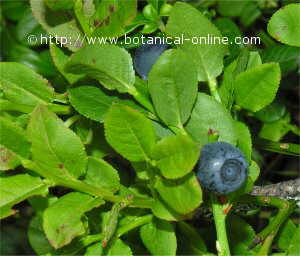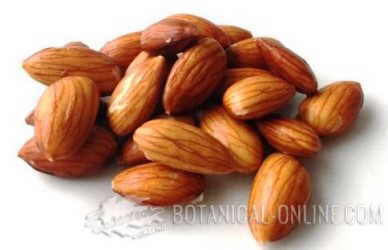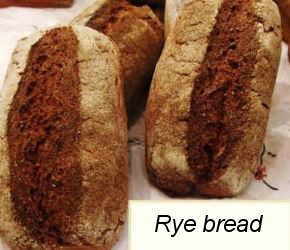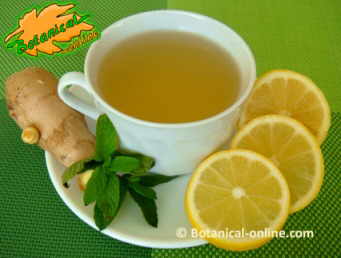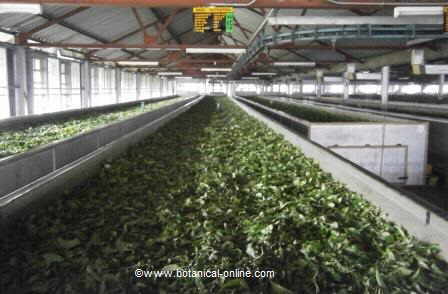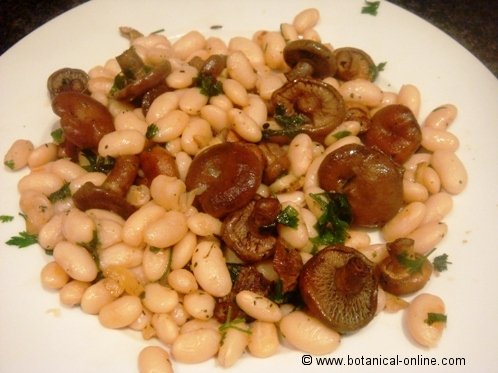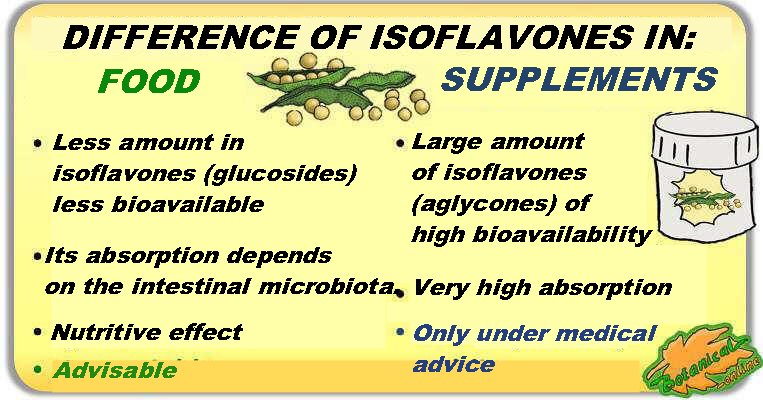Contents
What is a barley?
Barley (Hordeum vulgare) is a plant of the Poaceae family. It is a cereal, like oats, rice, wheat or corn.
Traditionally, barley fruits have been used to feed animals. Barley has been very important for agriculture and it still continues being so, just think that is the cereal that has a higher production after wheat, maize and rice.
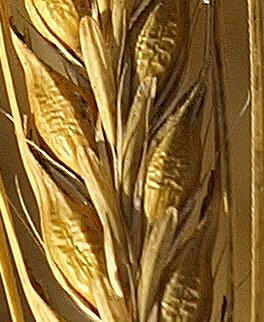
A detail of barley ear
There are many varieties of barley. All are characterized by hollow stems in the form of cane that are born from fibrous roots. At the end of each stem, it develops a spike-shaped inflorescence where the grains of barley or seeds will be formed.
Each spike consists of a main axis or rachis on which laterally spikelets are distributed arising directly from the rachis. Depending on the number of spikelets on the spike remaining after maturity, different types of barley are classified.
In 2007 136 million tonnes of barley worldwide were produced
Classes of barley
Barleys that are cultivated at the moment come all from the wild species (Hordeum spontaneum).
In barley, according to the number of spikelets, different varieties are classified as:
– Row barley and malting barley (Hordeum distichum) It is a variety in which, after ripening the spike, only the central spikelet remains. (See picture top right) This type of barley of two races is the oldest because it resembles the wild variety that also has the same number of races. We have archaeological remains showing its presence around 9000 years ago.
– Row barley or horse barley (Hordeum distichum): It is the one that maintains the three spikelets. It is the most modern type. It appeared about 6000 or 7000 years in Egypt or Mesopotamia.
– Four races barley (Hordeum tetrastichum): It is one that the two lateral spikelets remain after ripening. Varieties are intermediate in time.
Depending on whether the seeds are protected or not, we classify the varieties of barley:
– Barley with “protected seed”: They are those in which the seed is covered by the lemma and palea. Varieties are used for brewing or animal consumption.
– Barley with “naked seed”: They are those in which the seed is not covered by the lemma and palea. These are varieties that have evolved to be used in the manufacture of products for human consumption. (Breads, pastas, etc)
Origins of barley
The first archaeological evidence of the use of the wild barley as human food has been placed for 21000 years in the neolithic town of Ohalo II in the southwestern coast of the Sea of Galilee in the valley of Rif (Israel). Remains of this location show with perfect clarity the change from the nomadic cultures of hunters – collectors to the first sedentary civilizations that based their livelihood on agriculture and livestock.
The research was carried out by Israeli archaeologist Daniel Nadel between 1989 and 2000 on an approximate area of 2000 square meters. It was found, among other things, some dwellings, some outdoor fires adjacent to them, a tomb and tools which proved that the locals had managed to remain fixed there.
Today, the site is covered by water of the Sea of Galilee, so it is expected water comes down to go on with further research.
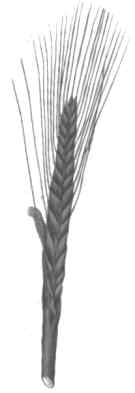
Drawing of ear of barley of two races or brewing barley (Hordeum distichum)
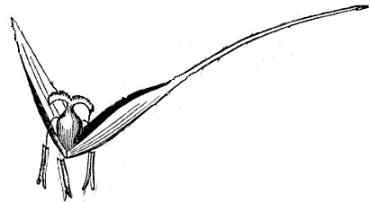
Detail of the flower
Uses of barley
Among the main uses of barley we can mention the following:
– Food or drink for human beings: Barley is a grain that can be used for human consumption. With it you can only make bread, alone or mixed with other cereals.
You can also produce alcoholic beverages such as beer. Barley malt is used as a substitute for coffee or whiskey, or for the production of beer or wine that is produced by boiling water to produce barley water that is mixed with other ingredients (lemon, sugar, borage, etc). Barley water is an nonalcoholic, very refreshing drinks.
Barley, besides being used for making bread, can also be used as an ingredient to create different dishes in different cuisines from around the world. It appears mainly in Arab countries, countries of Eastern Europe, British Isles and Africa. (More information on the food properties of barley in the listing below).
– Food for the animals: The barley is used directly as feed grain for animals or becomes part of the composition of many animal feed. Barley is the principal grain used for animal feed in cold places where corn or other cereals can not grow properly. (Northern and Eastern Europe, Canada, North America)
– Medicinal Plant: The plant of barley or its grain are used as medicinal plants for the treatment of the cholesterol, diabetes, belly pain, diarrhea, etc. Recent studies have demonstrated that it could be very interesting in the treatment of cancer. (More information on the medicinal properties of the barley in the listing below)
– Plant gardening: Some varieties of barley are used in gardening.
However, the most interesting of all was the perfect state of preservation of 90 000 species of seeds and fruits in one of the cabins. The way they were stored and the high number indicates that they were saved there on purpose to be sown.
The charred remains of grains indicated they were roasted to eat. There were also seeds of sun-dried strawberries as a way of keeping them or use them as food.
Among all the cereals they found there, wild barley (Hordeum spontaneum) exceeded other cereals such as Bromus pseudobrachystachys, millet (Piptatherum holciforme), sea barley (Hordeum marinum) glaucus barley (Hordeum glaucum) or variety of wheat known as Kamut (Triticum turgidum)
Between the seeds of found fruits we can mention the Hawthorn of Christ (Ziziphus spina-christi), the wild olive tree (Olea europea var. sylvestris) strawberries, raspberries, acorns, etc.
(More information on history of barley)
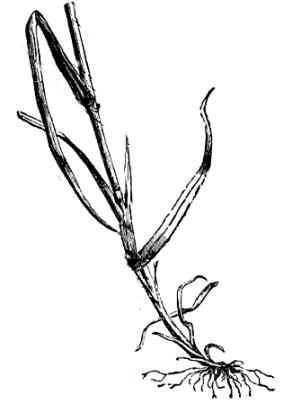
Detail of stem, leaves and roots
Barley production in the world
Barley is grown in over 100 countries around the world. However, there is a downward trend in world production of barley. The top ten producing countries in the world are in order of importance: Russia, Canada, Spain, Germany, France, Turkey, Ukraine, Australia, UK and USA.
NUTRITIONAL COMPOSITION OF BARLEY
| Composition of barley per 100 gr. | |||
| Whole barley | Pearl barley | Scottish barley breakfast cereal | |
| Water | 9, 44 g | 10, 09 g | 9.65 g |
| Energy | 354 kcal | 352 kcal | 346 kcal |
| Fat | 2, 30 g | 1, 16 g | 2.24 g |
| Protein | 21, 48 g | 9, 91 g | 10, 74g |
| Carbohydrates | 73, 48 g | 77, 72 g | 76.38 g |
| Fiber | 17, 3 g | 15, 6 g | 10.4 g |
| Potassium | 452 mgs | 280 mgs | 261 mgs |
| Phosphorus | 264 mgs | 221 mgs | 221 mgs |
| iron | 3, 60 mgs | 2, 50 mgs | 1, 99 mgs |
| Sodium | 12 mgs | 9 mgs | 7 mgs |
| Magnesium | 133 mgs | 79 mgs | 60 mgs |
| Calcium | 33 mgs | 29 mgs | 28 mgs |
| Copper | 0, 498 mgs | 0, 420 mgs | 0, 380 mgs |
| Zinc | 12 mgs | 2, 13 mgs | 1, 46 mgs |
| Manganese | 1.943 mgs | 1.322 mgs | 1, 260 mgs |
| Selenium | —– | 37, 7 mcg | —- |
| Vitamin C | 0 mg | 0 mg | 9.5 mgs |
| Vitamin A | 22 UI | 22 UI | 22 UI |
| Vitamin B1(Thiamin) | 0, 646 mgs | 0, 191 mgs | 0, 250 mgs |
| Vitamin B2(Riboflavin) | 0, 285 mgs | 0, 114 mgs | 0, 090 mgs |
| Vitamin B3(Niacin) | 4, 604 mgs | 4, 604 mgs | 4, 520 mgs |
| Vitamin B5 (pantothenic acid) | 0, 282 mgs | 0, 282 mgs | 0, 280 mgs |
| Vitamin B6 (pyridoxine) | 0, 318 mgs | 0, 260 mgs | 0, 260 mgs |
| Vitamin B9 (folic acid / folate) | 19 mgs | 23 mgs | 23 mgs |
| Vitamin E | 0, 130 mgs | 0, 130 mgs | 0, 235 mgs |
![]() More information on barley.
More information on barley.

